Intro
Discover Ablation Therapy for back pain relief, a minimally invasive procedure using radiofrequency ablation to target pain-causing nerves, offering long-term relief from chronic back pain, spinal pain, and facet joint pain.
Back pain is a widespread issue that affects millions of people worldwide, causing discomfort, limiting mobility, and reducing the overall quality of life. The causes of back pain can be diverse, ranging from muscle strain and poor posture to more complex conditions like herniated discs, spinal stenosis, and facet joint syndrome. Among the various treatments available for back pain relief, ablation therapy has emerged as a promising option for those seeking a minimally invasive solution. In this article, we will delve into the world of ablation therapy, exploring its benefits, mechanisms, and applications in providing relief from back pain.
The importance of finding effective treatments for back pain cannot be overstated. Back pain not only affects an individual's physical well-being but also has psychological and socioeconomic implications. It can lead to depression, anxiety, and a significant reduction in productivity, impacting both personal and professional life. Traditional treatments like medication, physical therapy, and surgery are often used, but they may not be effective for everyone, and some may come with significant side effects or risks. This is where ablation therapy comes into play, offering a unique approach to managing back pain by targeting the source of the pain directly.
Ablation therapy, in the context of back pain relief, typically refers to radiofrequency ablation (RFA), a procedure that uses heat generated by radio waves to ablate, or "burn," the nerve endings responsible for transmitting pain signals to the brain. This technique is particularly useful for conditions like facet joint syndrome, where the pain is caused by inflammation or irritation of the facet joints in the spine. By disrupting the pain signals, ablation therapy can provide significant relief for patients who have not responded well to other treatments. Understanding how this therapy works and its potential benefits is crucial for those considering it as an option for their back pain.
Ablation Therapy: An Overview
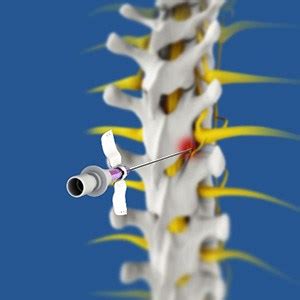
Ablation therapy is a minimally invasive procedure that requires precise targeting of the pain source. It begins with a diagnostic phase, where the doctor uses injections to confirm the source of the pain. Once the pain source is identified, the procedure can be planned. On the day of the procedure, the patient is given local anesthesia and, in some cases, light sedation to ensure comfort. The doctor then inserts a small needle under fluoroscopic guidance to the targeted area, where radiofrequency energy is applied to heat the nerve endings, effectively disabling them from sending pain signals.
Benefits of Ablation Therapy
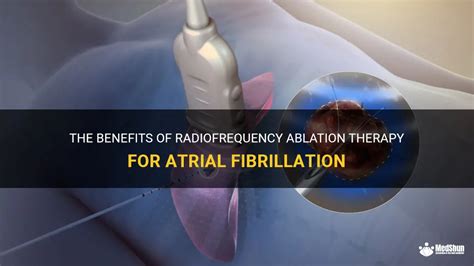
The benefits of ablation therapy for back pain relief are multifaceted. Firstly, it offers a significant reduction in pain for many patients, improving their quality of life. Unlike some other treatments, ablation therapy can provide long-term relief, with some patients experiencing benefits for up to a year or more after the procedure. Additionally, being a minimally invasive procedure, it has fewer risks and side effects compared to surgical interventions, allowing patients to recover quickly and resume their daily activities sooner. The procedure is also relatively short, typically lasting between 30 minutes to an hour, depending on the complexity of the case and the number of areas being treated.
Working Mechanism of Ablation Therapy
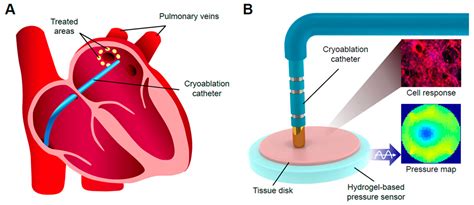
The working mechanism of ablation therapy involves the precise application of radiofrequency energy to the targeted nerve endings. This energy heats the nerves to a high temperature, causing damage to the nerve endings and preventing them from transmitting pain signals. The procedure is highly targeted, meaning it only affects the specific nerves responsible for the pain, leaving other nerves and tissues intact. This specificity reduces the risk of complications and side effects, making it a safer option for many patients.
Steps Involved in Ablation Therapy
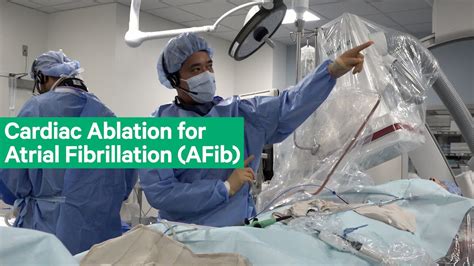
The steps involved in ablation therapy include:
- Initial Consultation: Patients undergo a thorough evaluation to determine if they are suitable candidates for the procedure.
- Diagnostic Injections: To confirm the source of pain, diagnostic injections may be administered.
- Procedure Planning: The doctor plans the procedure based on the diagnostic findings.
- Administration of Local Anesthesia and Sedation: To ensure patient comfort during the procedure.
- Insertion of the Needle: Under fluoroscopic guidance, a needle is inserted to the targeted area.
- Application of Radiofrequency Energy: The nerve endings are heated using radiofrequency energy.
- Post-Procedure Care: Patients are monitored for a short period after the procedure and provided with instructions for recovery.
Practical Examples and Statistical Data

Numerous studies and practical examples have demonstrated the efficacy of ablation therapy in providing relief from back pain. For instance, a study published in a medical journal found that a significant percentage of patients who underwent radiofrequency ablation for facet joint syndrome experienced substantial pain relief. Statistical data also show that ablation therapy can be effective for up to 70-80% of patients, with the duration of pain relief varying from several months to over a year.
Common Conditions Treated with Ablation Therapy

Ablation therapy is commonly used to treat several conditions that cause back pain, including:
- Facet Joint Syndrome: Inflammation or irritation of the facet joints in the spine.
- Sacroiliac Joint Dysfunction: Pain originating from the sacroiliac joints, which connect the sacrum to the ilium bones.
- Discogenic Pain: Pain stemming from the intervertebral discs.
SEO Optimization for Ablation Therapy
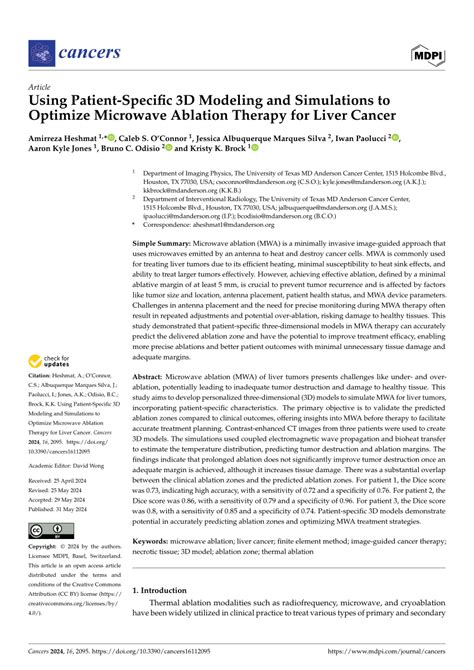
For healthcare providers and medical facilities offering ablation therapy, optimizing their online presence through SEO (Search Engine Optimization) is crucial. This involves using relevant keywords, such as "ablation therapy for back pain," "radiofrequency ablation," and "minimally invasive back pain treatment," in a natural and informative way. By doing so, they can increase their visibility in search engine results, reaching more patients who are seeking information and treatment options for their back pain.
Keyword Density and Synonyms

Maintaining a keyword density of 1-2% without keyword stuffing is essential. This means using the primary keywords strategically throughout the content while also incorporating synonyms and related phrases. For example, instead of repeating "ablation therapy" excessively, terms like "radiofrequency ablation," "nerve ablation," and "pain relief treatment" can be used to diversify the language and improve SEO relevance.
Encouraging Engagement and Further Action

As we conclude our exploration of ablation therapy for back pain relief, it's essential to encourage engagement and further action. If you or a loved one is suffering from back pain and considering treatment options, we invite you to share your experiences, ask questions, or seek professional advice. Engaging with healthcare professionals and support communities can provide valuable insights and help you make informed decisions about your care. Remember, taking the first step towards seeking help is crucial in the journey towards a pain-free life.
What is ablation therapy used for?
+Ablation therapy is used to treat various conditions that cause back pain, including facet joint syndrome, sacroiliac joint dysfunction, and discogenic pain.
How long does pain relief from ablation therapy last?
+The duration of pain relief from ablation therapy can vary, but it is commonly reported to last from several months to over a year.
Is ablation therapy a surgical procedure?
+Ablation therapy is considered a minimally invasive procedure, not a surgical one, as it involves the insertion of a small needle under guidance to target the pain source.
